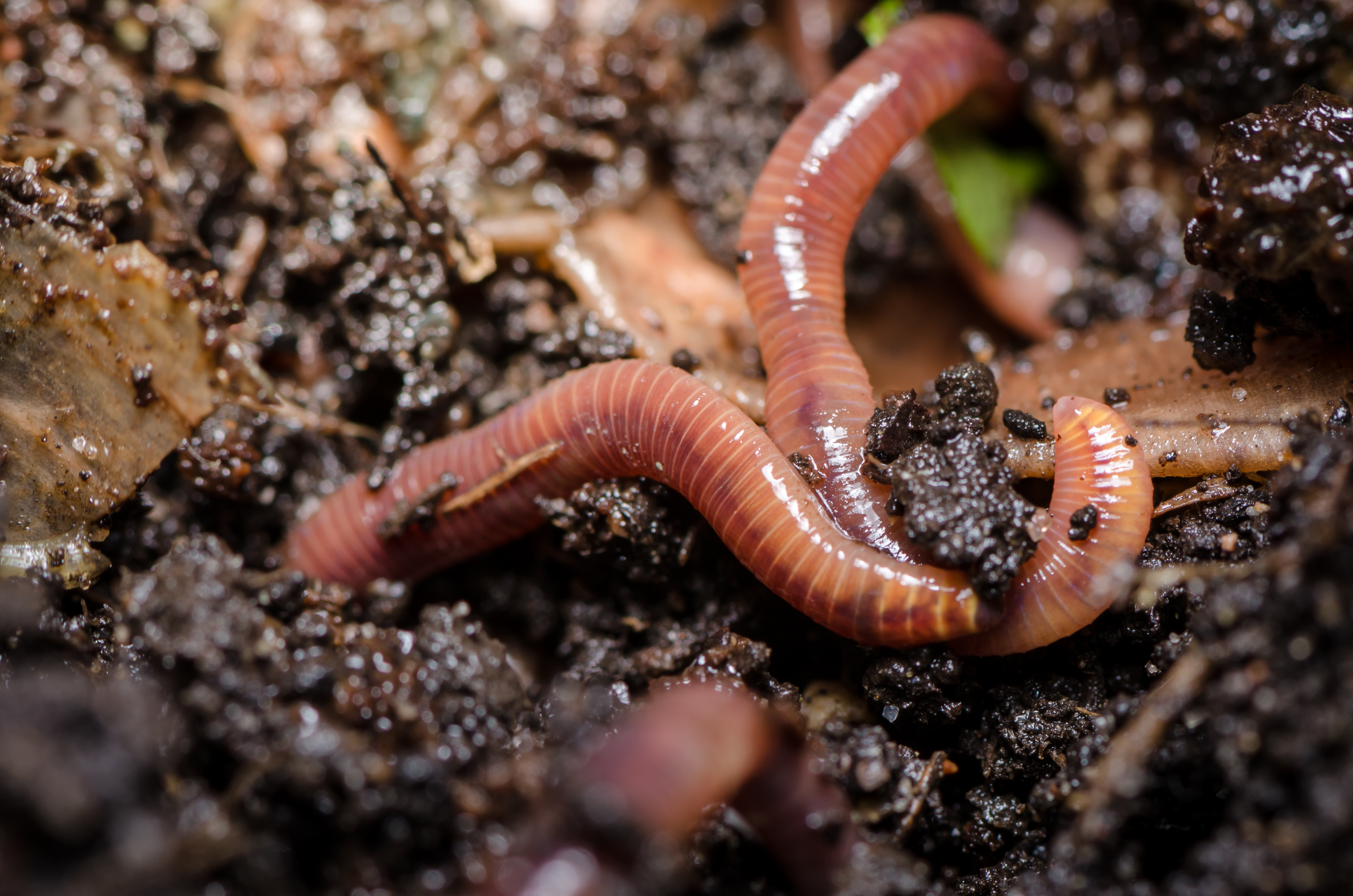Soil fungi
A teaspoon of soil can contain around one million fungi. Some of these are parasitic and detrimental to plants, but some are mutualistic and form beneficial associations with plants.
- Mycorrhizal fungi create mutualistic symbioses with living plants. As the fungi has no chlorophyll, in this symbiotic relationship, they gain carbohydrates from the host plant through photosynthesis, in return for providing the host plant nutrients which it can't access in the soil itself.
- Fungal diseases can also be caused by soilborne fungi, such as Gaeumannomyces graminis var. tritici which causes Take-all in wheat and devastates yields.
Soil bacteria
Soil bacteria can also be both mutualistic and parasitic to host plants.
- Nitrogen fixing is carried out by free-living nitrogen-fixing bacteria in the soil (e.g. Azotobacter) or by those in the root nodules in leguminous plants (e.g. rhizobia). These bacteria have the ability to convert atmospheric nitrogen into nitrogen-containing substances which the host plant can access
- Actinobacteria are crucial for the decomposition of organic material and contributing to soil hummus formation
- Bacterial diseases are caused by pathogenic bacterial species. Common diseases include crown gall, caused by Agrobacterium tumefaciens.
Soil fauna
Soil fauna affect soil structure, organic matter cycling and hydrological functioning on different scales, from microbiota, to mesofauna to macrofauna. These include:
- Earthworms (see earthworm page for more information)
- Ants
- Collembolans
- Nematodes
- Mites
- Protozoa





Discussion
Interesting global initiative on Soil Biodiversity - www.globalsoilbiodiversity.org
Useful scientific paper on the Microbiome in journal Frontiers in Microbiology:
Microbe to Microbiome: A Paradigm Shift in the Application of Microorganisms for Sustainable Agriculture